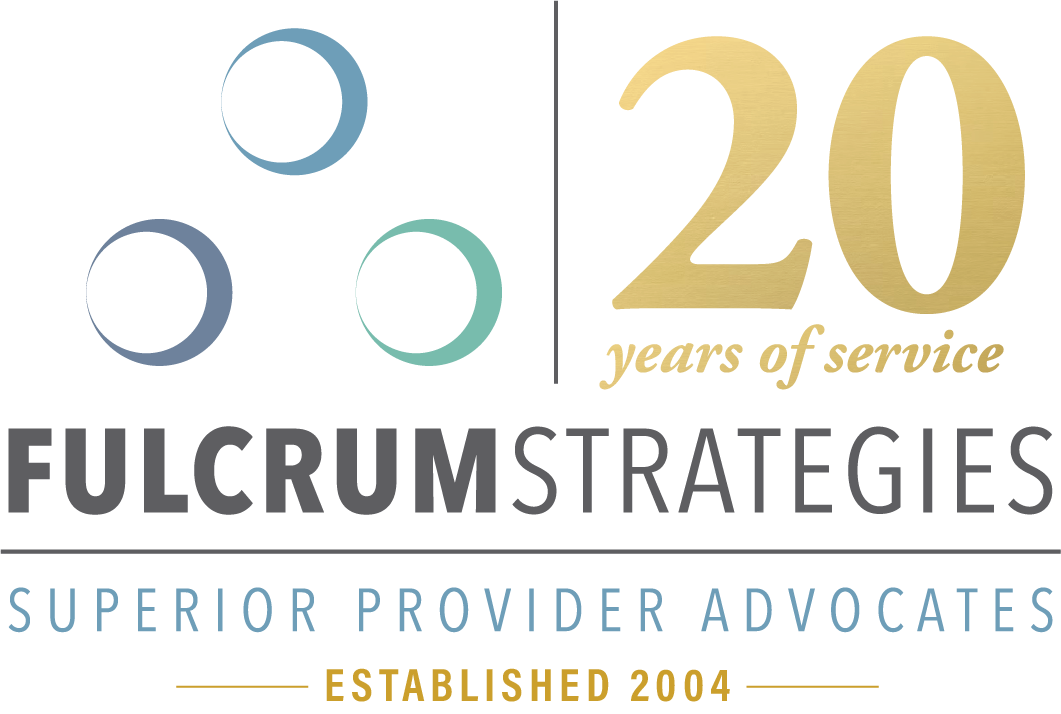2021 – A Healthcare Forecast
The biggest question on everyone’s mind right now is, “When will things get back to normal?” The short answer is, maybe never. I realize that doesn’t make anyone happy so let me explain a bit further and specifically in the area of health care and health care delivery.
If we use 2019 as our basis for the last time, things were “normal” and 2020 as our basis for a year that was certainly “abnormal,” we can make some predictions on what 2021 should look like.
The good news is 2021 will be much better than 2020. The bad news is it won’t be as good as 2019.
The first half of 2021 will be consumed with getting control of the Virus and making sure that enough of the population gets vaccinated to create herd immunity. This will allow our economy and medical practices to open back up and ease the burden that our hospitals and emergency rooms have been under.
The second half of 2021 will be focused on economic recovery. We are still facing a massive problem with unemployment and some industries that have been crushed by this pandemic. The economic recovery won’t happen overnight and will more than likely take years to get back to 2019 levels, if ever.
At some point in 2021 and beyond, we will have to deal with the massive debt that this pandemic produced. We will have to address strategies to avoid inflation and increases in interest rates that often follow periods of rapid debt increases. With the current 1.9 Trillion-dollar stimulus package, our government will have spent over $5 Trillion in pandemic economic stimulus packages in less than a year. To put that number into perspective, that is more money than the total gross domestic product for any country in the world other than China and the USA. That’s right, our stimulus deficit spending is more than the entire annual economic output of Japan and twice as much as France’s economic output. The big question is what lasting impact, if any, will this kind of deficit spending have on our recovery and our post-Covid economy.
So, what are my predictions for 2021 for physician practices and our health care delivery system?
Here are my top predictions for 2021.
- Your patient volumes will be better than 2020 but may not return to 2019 levels any time soon. This is due to several factors. Before this is all done, over 500,000 people will have died because of Covid-19. Those individuals are overwhelmingly older (over 90% are over the age of 55) individuals with underlying chronic conditions. This means they were high utilizers of health care services. The pandemic has also had an impact on population growth in the US. For the last ten years, the US population has increased by an average of 2.2 million per year. In 2020 that number was down to 1.6 million. In addition to this, we are still facing significant unemployment, and higher unemployment reduces health care volumes as some people put off or avoid seeking treatment due to financial reasons. All in all, I would say that any practice that gets to 90% of its 2019 volumes is doing pretty good. Practices that exceed that are doing very well.
- We will not see any significant health care reform in 2021 and probably not in 2022. With its razor-thin majority in the House and a 50/50 tie in the Senate, the new administration won’t have the bandwidth or political capital to tackle health care reform in any meaningful way. Dealing with the pandemic, getting the economy and the schools open again, trying to raise the minimum wage, and pushing for tax increases to help stop the deficit bleeding is going to take up most of their dry powder. Behind those things are still student loan forgiveness, climate change, immigration reform, and a whole laundry list of wants that include health care reform. Those things are more than likely going to have to wait until after the mid-terms.
- Insurance companies will do a great job of trying to spin how much Covid hurt them and how they need further concessions from hospitals and physicians to make health care more affordable. This is all BS, by the way. UnitedHealth Group, for example, produced earnings of $22.4 Billion in 2020. That was up by over 13% from 2019, which was up by over 15% from 2018. This is not a company that is hurting financially.
- At some point, when the government stops flooding the economy with money, we are going to see the real impact of the economic downturn caused by Covid-19. Practices should pay careful attention to your AR and specifically your patient bad debt. It’s likely to rise substantially.
- Telehealth won’t go away. You simply can’t put that genie back in the bottle. However, at some point in 2021, the payers will decide how they will pay for those services, and it won’t be at the same level as face-to-face visits. I believe they will pay at some % of the face-to-face visit, similar to how they pay a mid-level provider visit at a physician visit discount.
- If the Democrats hold the majority in the House of Representatives and pick up any more seats in the Senate during the mid-terms, you will see a big push to expand the Affordable Care Act and create the Public Option in 2023 and 2024. This will create significant issues for health insurance companies and will most likely put downward pressure on physician reimbursement and compensation.
The bottom line is this. We are not out of the woods yet. We aren’t even close. In the words of Winston Churchill, “This is not the end. It is not even the beginning of the end. But it is, perhaps, the end of the beginning.”
